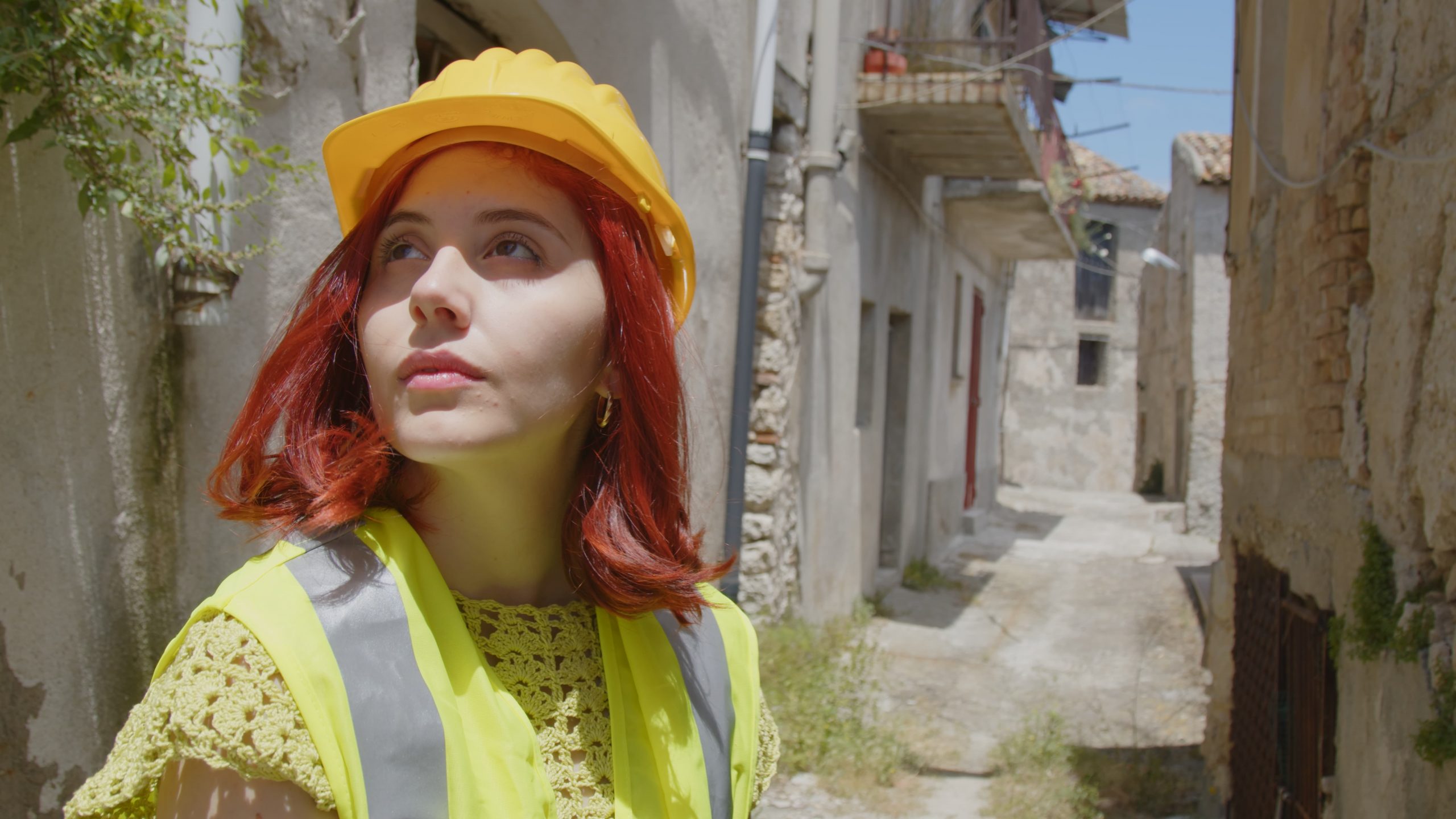
Earthquakes are a natural disaster that can cause great destruction to buildings and even cause death. Since 1950, they have killed more people worldwide than any other type of natural disaster. Therefore, whether you live in an earthquake-prone area or not, making your home Earthquake Proof is important so that it can safeguard you and your family during any potential earthquakes.
Earthquake Proofing your home is the most common and effective way to make it Earthquake-Proof. This involves retrofitting it with a structurally sound structure that can withstand any shaking that might come your way during an earthquake. Additionally, having your house assessed by an expert who can give recommendations on ways to further strengthen its resistance should an earthquake strike.
As thousands of people are injured and killed by earthquakes each year, it is essential to know how to properly prepare your home for an earthquake. This includes creating an emergency plan, stocking essential supplies in a kit for emergencies and meeting with neighbors to identify any potential hazards nearby.
Modern seismic building codes ensure that houses are designed with adequate bolting or bracing, so they can withstand an earthquake without sustaining major damage. Unfortunately, some older homes lack adequate bolts or bracing and may slide off their foundations during a seismic event.
If you own an older home, it is wise to have its foundations evaluated by a professional to determine if they are strong enough to withstand an earthquake. Without adequate support, structures may collapse and cause serious injury or death.
A strong foundation is essential for supporting a house, and should include an adequate crawl space with a masonry wall between it and the first story of the structure. This wall acts as shock absorbers during earthquakes, typically made out of wood but reinforced to make it stronger.
Another crucial element for a sturdy foundation is a reliable roof structure. This structure should be designed to withstand earthquake stress and should be made from materials both strong and flexible. Lightweight roof structures like steel or iron roofs make ideal choices for long-lasting protection from storms.
Brick cladding is an economical and durable building material often used for exterior walls. Its strength can withstand an earthquake, making it relatively simple to repair afterward.
Other popular materials for cladding the interior of a house include wood, fiber cement products and iron. These claddings can also be an excellent option in making your house Earthquakeproof.
Modern seismic codes ensure a house can withstand an earthquake without needing major repairs. However, if your house was built before these guidelines were implemented, it’s wise to have it evaluated by an engineer to see if it can withstand such a shock.
